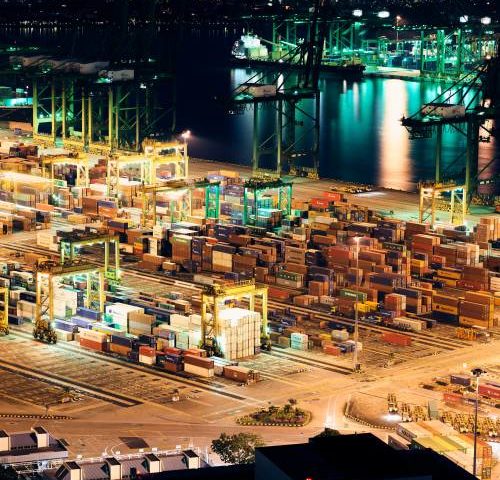
Responding to the latest ONS Trade figures published this morning, William Bain, Head of Trade Policy at the British Chambers of Commerce, said: “It is difficult to draw concrete conclusions from a single month’s data, but there are signs of a nascent improvement in import and export volumes as global demand slowly recovers. The Office for Budget Responsibility’s recent analysis also indicated we should see a modest improvement in net trade this year. But data for the last three months of UK trade, overall, remains challenging. Geopolitical factors also continue to cloud the picture for global trade and could well weaken projected growth in the coming 18 months. Further measures are required by policymakers to nurture the green shoots we are seeing. The UK needs to ensure the Exports Strategy is delivering where it needs to, particularly around digital trade and across a wider range of UK economic sectors. The Government’s new Critical Imports Council needs to focus on improving supply chain security and diversification with business and industry. Today’s data also illustrates the need to keep trade costs as low as possible. This is major concern for British traders given imminent new border charges on certain food and plant imports from the EU, and increasing regulatory compliance burdens on cross-border trade.”
The UK Trade Picture In Detail
February’s figures showed an improvement in month-on-month UK goods and services trade, both in value terms and after inflationary effects are removed. The increases occurred for both imports and exports. This comes in the week that the World Trade Organisation (WTO) forecast stronger global merchandise trade volumes in 2024 and 2025 compared with 2023 – predicting a 2.6% rise in volumes this year, and 3.3% in 2025. As inflationary pressures abate, global consumer demand for goods and services is likely to generate trade growth over the next two years. But geopolitical uncertainty remains the biggest unknown factor around the forecasts.
Goods Imports
During February, import volumes rose by 0.3% excluding inflation (but declined by 0.4% in cash value terms). There was a 3% rise in EU imports volumes which was offset by a 3.3% drop from the rest of the world. Imports of medicines and pharmaceutical products from the US declined. There were higher imports of ships from Italy and mechanical machinery from Germany. Food imports from the Netherlands fell, particularly in meat, following new border requirements being introduced for EU imports on 31 January.
Goods Exports
Overall volumes rose by 1.7% during February – with a 3.4% rise to the rest of the world but a more static picture for the EU. In value terms, UK exports to the rest of the world increased by 4%, while overall UK goods exports increased by 0.9%. Aircraft exports to France, and mechanical machinery exports to Germany were noticeable areas of improvement.
Services
On UK services trade, after removing inflationary effects, imports rose by 0.5% in February with exports rising by 0.4%. A similar picture emerged for the actual values over the same period.
For more information, visit: www.britishchambers.org.uk







